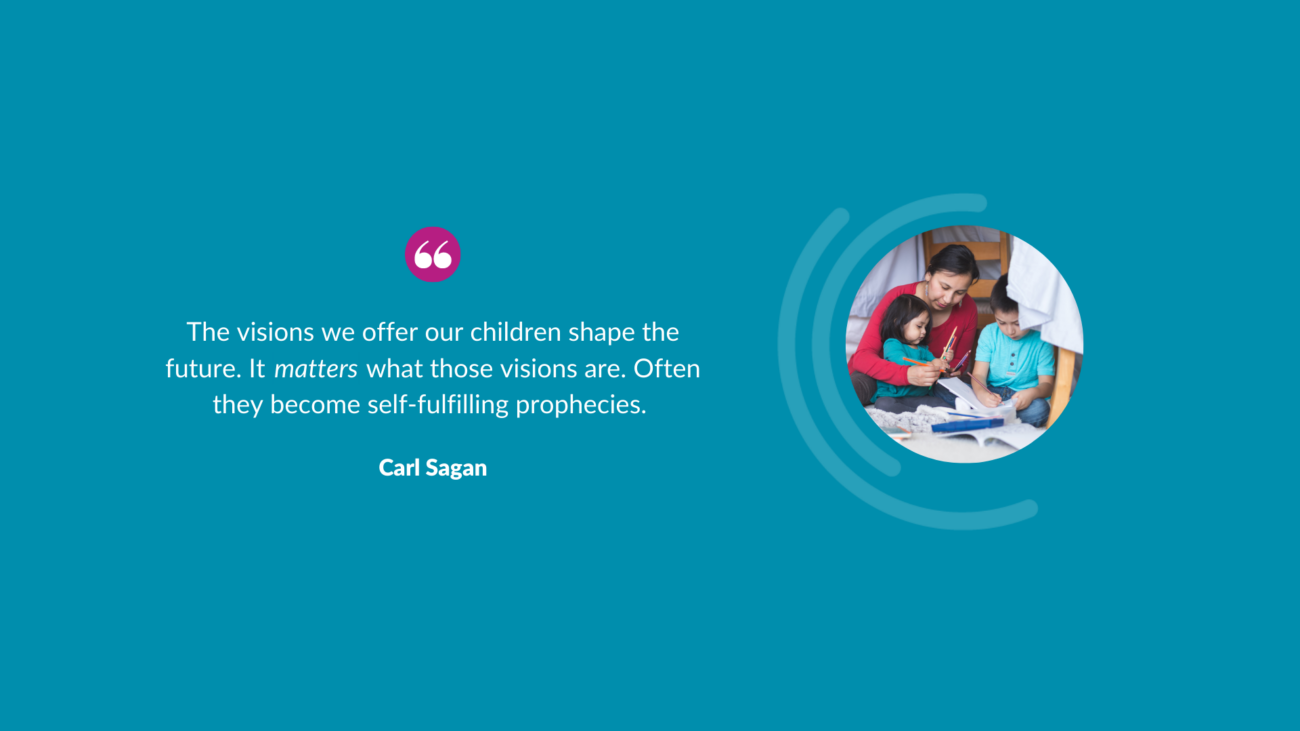The NHVRC created the Home Visiting Yearbook to present the most comprehensive picture available of home visiting on the national and state levels. Since its launch in 2017, the Home Visiting Yearbook has become a go-to resource for multiple audiences interested in serving children and families.
As in our previous publications, we present the national landscape of home visiting before drilling down to the states. The 2020 Yearbook includes—
- Data on who is being served by home visiting, including information from 15 evidence-based home visiting models and 9 emerging models that have not yet met federal standards of evidence (Source: The 2020 Home Visiting Yearbook defines evidence-based home visiting as models that have met standards of evidence as determined by the Home Visiting Evidence of Effectiveness (HomVEE) project, which is administered by the U.S. Department of Health and Human Services (homvee.acf.hhs.gov). Emerging models have not yet met HomVEE standards of evidence, although they might meet some of the criteria.)Go to footnote #>1
- Information from 2019 on where home visiting is operating and how many families and children could benefit from home visiting
- Updated state and model profiles and Maternal, Infant, and Early Childhood Home Visiting Program (MIECHV) state data tables

Permission to copy, disseminate, or otherwise use information from this report is granted with appropriate attribution to James Bell Associates and the Urban Institute.
Suggested Citation
National Home Visiting Resource Center. (2020). 2020 Home Visiting Yearbook. Arlington, VA: James Bell Associates and the Urban Institute.
Acknowledgments
Thank you to our funders and all who contributed their time and expertise. More information can be found in the acknowledgments.
The 2020 Home Visiting Yearbook was developed by James Bell Associates in partnership with the Urban Institute. Support was provided by the Heising-Simons Foundation and the Robert Wood Johnson Foundation. The views expressed here do not necessarily reflect the views of the foundations.
